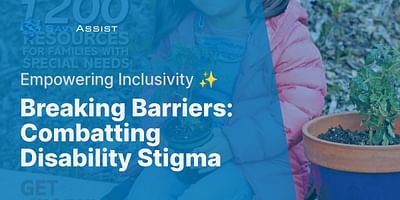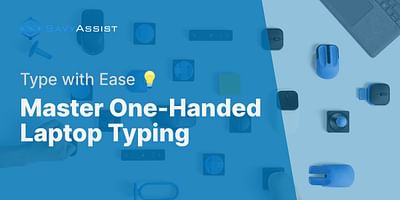Ryan is a seasoned software engineer with a passion for accessibility. With an impressive portfolio of projects focused on rendering technology more user-friendly for individuals with disabilities, he continuously seeks innovative solutions to enhance user interaction. His expertise spans from the development of screen readers and one-handed keyboards to speech-to-text software.
Absolutely! One-handed keyboards are a fantastic alternative for individuals who have difficulty using a traditional QWERTY layout due to disabilities or injuries affecting one hand. While they may not completely replace the QWERTY layout for everyone, they offer significant benefits and can be a game-changer for those in need.
One-handed keyboards are specifically designed to be used with a single hand, making typing more accessible and efficient. They come in various designs, but the most common ones feature a compact layout with all the necessary keys within reach of your fingers. Some models even have customizable key layouts, allowing you to adapt them to your specific needs.
The benefits of using a one-handed keyboard are numerous. Firstly, they enable individuals with limited hand mobility or amputations to type with greater ease and speed. By condensing the keyboard into a smaller space, one-handed keyboards reduce the distance your fingers need to travel, minimizing strain and fatigue.
Moreover, one-handed keyboards can improve typing accuracy. With the keys positioned closer together, it becomes easier to reach and press the correct keys, reducing the likelihood of errors. This is especially beneficial for individuals with conditions such as cerebral palsy or muscular dystrophy, where precise finger movements may be challenging.
While one-handed keyboards offer a different layout, they are still compatible with most devices and operating systems. You can connect them to your computer, laptop, or even mobile devices via USB or Bluetooth. This versatility allows you to use them across multiple platforms, ensuring you can access technology in a way that suits your needs.
In addition to one-handed keyboards, there are also speech-to-text software options available for individuals with disabilities. These software programs convert spoken words into written text, eliminating the need for typing altogether. They are particularly useful for individuals with conditions such as dyslexia or motor impairments that make typing difficult.
Speech-to-text software utilizes advanced algorithms and voice recognition technology to accurately transcribe spoken words. You can use it to compose emails, write documents, or even control your computer through voice commands. This technology not only enhances accessibility but also promotes independence and productivity.
When it comes to web design and mobile apps, accessibility is crucial. Designers and developers should prioritize creating inclusive experiences for individuals with disabilities. This includes implementing features such as alternative text for images, keyboard navigation, and clear and concise content. By adhering to accessibility guidelines, websites and apps can be enjoyed by a wider audience.
In conclusion, while one-handed keyboards may not completely replace the traditional QWERTY layout for everyone, they offer a valuable alternative for individuals with disabilities or injuries affecting one hand. They provide accessibility, efficiency, and improved typing accuracy. Additionally, speech-to-text software and accessible web design further enhance the user experience for individuals with disabilities. Embracing these assistive technologies and inclusive design practices empowers individuals to fully participate in the digital world.















